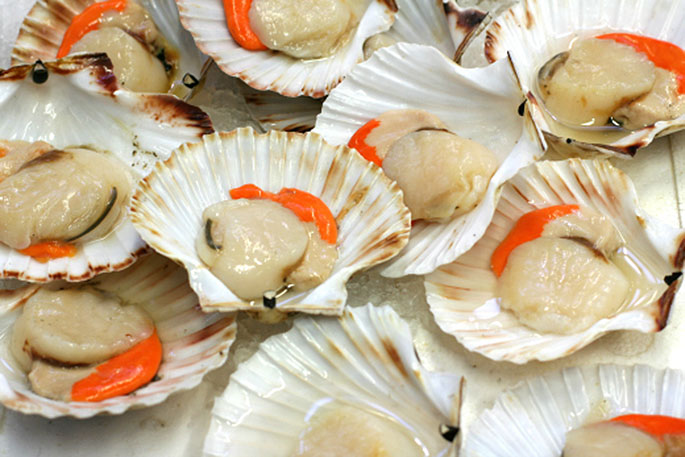Ngāti Manuhiri Settlement Trust is placing a rāhui on the Hauraki Gulf to help scallops and other shellfish regenerate.
The trust's chief executive, Nicola MacDonald, says the scallop beds had been taking a hammering and the rāhui, which will be put in place on Waitangi Day, would help restore the taonga for future generations.
"Our scallop beds which are in and around Te Hauturu-o-Toi, Kawau Island, Omaha and parts of Mahurangi are in such a state of deprivation that we don't believe the shellfish can recover."
The species are harvested by both commercial and recreational fishers and Fisheries New Zealand is considering several management options, including an end to scallop harvesting entirely from Northland to the Bay of Plenty.
.jpg)
Hauraki Gulf. Photo: SunLive.
Nicola says a lot of commercial fisheries had turned their attention to the Hauraki Gulf as a result of the Ministry taking positive action to issue temporary closures elsewhere.
"I think our Minister of Oceans and Fisheries, David Parker, has demonstrated, at this stage, clear leadership by closing the Coromandel and Waiheke scallop fisheries," says Nicola.
"We want to see the minister support Ngāti Manuhiri intentions to submit under section 186a, an application for temporary fisheries closure. And for MPI and all other agencies to support the rāhui tapu that will be given by Ngāti Manuhiri kaumatua on our national day, Waitangi Day."
Rāhui tapu was an indigenous practice of fisheries management, MacDonald said.
"In our case Ngāti Manuhiri have had exclusive occupation since the 14th century by our tīpuna Manuhiri and a rāhui tapu provides protection and restoration for those areas that are under serious stress and pressure.
"A rāhui acts as a korowai, cloak, of protection and says to all communities taihoa, let's stop, let's allow the natural world to recover. Let's respect this for a period of time until we see the regeneration and when it does regenerate, let's work with our mana whenua until we have sustainable fisheries."
The rāhui would remain in place until the time Tangaroa showed that his children had recovered, Nicola says.
"When we see the shellfish beds no longer racked up by the machinery of commercial dredges and we see the tipa (scallops) growing and in full maturity, we will know our rāhui has done its job. Then we know it's the time to turn it over to the care and protection of kaitiaki and for all our community groups to look after it."



2 comments
Next
Posted on 07-02-2022 19:28 | By Potofstu
The customary right gathering should be axed too .
Hmmm
Posted on 07-02-2022 21:52 | By Let's get real
Does this affect customary rights gathering as well or does it just affect everyone else like the local marine reserves...?
Leave a Comment
You must be logged in to make a comment.